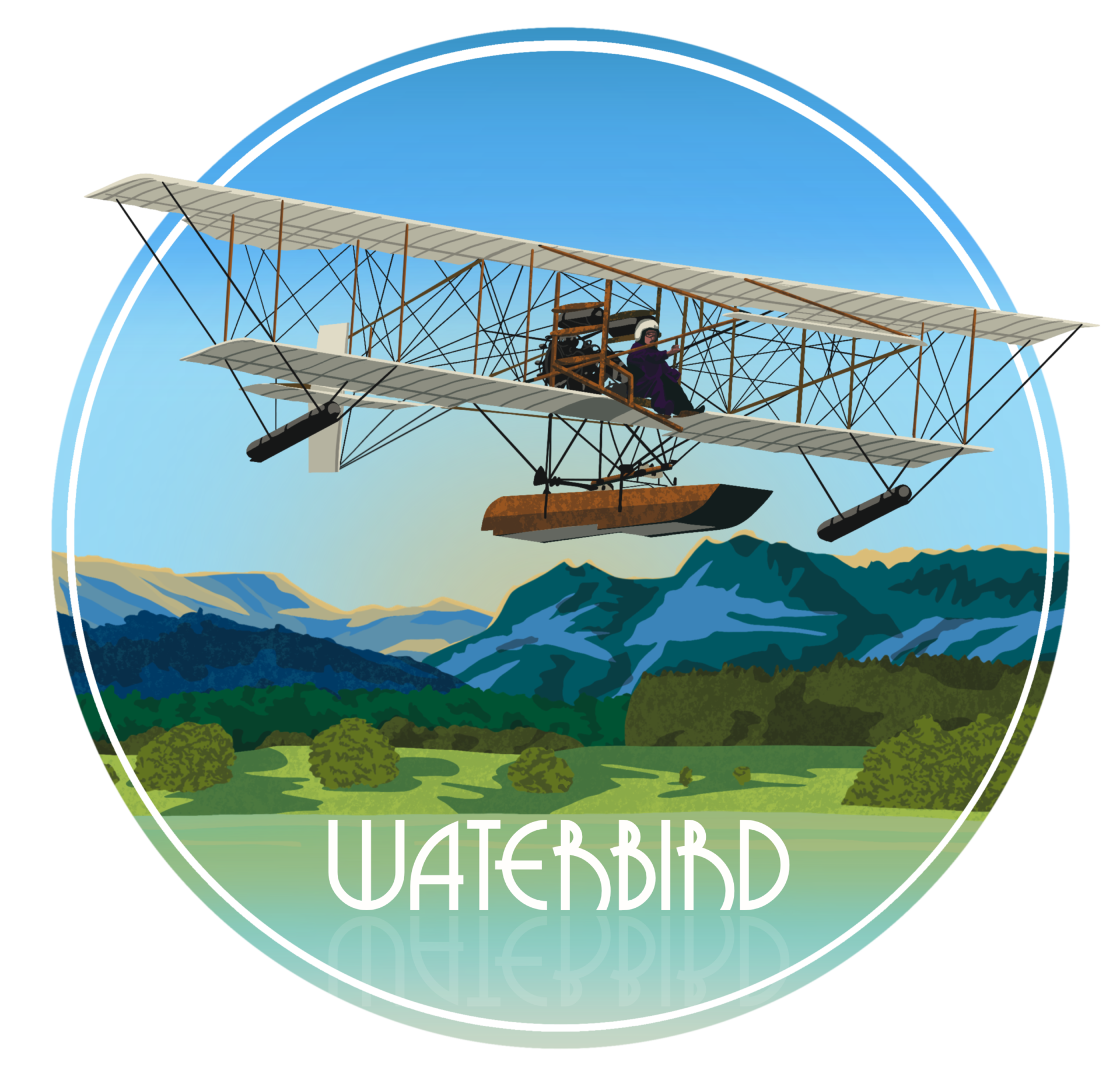PUBLISHED ARTICLES
- This Article appeared in the July 2018 issue of Light Aviation, the Magazine of the Light Aircraft Association. It contains evidence that the ‘stepped’ float was designed initially and tested at Windermere, and first used successfully there on Waterbird. For further detail about the history of floats, please click here.
- This Article appeared in the Summer 2020 issue of the Newsletter of the Cumberland and Westmorland Antiquarian and Archaeological Society. It addresses reasons given against flying at Windermere in 1911-1912.
- This Article appeared in the Spring 2021 issue of the Newsletter of the Cumberland and Westmorland Antiquarian and Archaeological Society. It relates the landing of an aeroplane on Helvellyn, and the history of aviation at Windermere after 1919. The first photo is of landing on Helvellyn on 22 December 1926, the only witness being the eminent classicist E R Dodds; the second is of a de Havilland DH.60X Moth, Registration: G-AAPA, which landed at Troutbeck Bridge in the early 1930s, as nurses from the nearby Ethel Hedley Orthopaedic Hospital for Children look on. In addition, on 22 February 1932, Windermere Urban District Council refused an application by British Amphibious Airlines Ltd of Blackpool for transporting passengers and for joy rides.
- This Article appeared in the Summer 2022 issue of the Newsletter of the Cumberland and Westmorland Antiquarian and Archaeological Society. It considers the decision in December 1940 by the Minister of Aircraft Production, following the recommendation of the Supply Board on the Short Brothers’ proposal, as to Why a Short Sunderland flying boat factory was built at Windermere at White Cross Bay. https://cumbriapast.com/cgi-bin/cwaas/cp_main.pl
- This Article appeared in Flight Deck Magazine 2022. It details the first public flying display of the replica Waterbird on 23 September 2022.
- This Article appeared in the March 2024 edition of The Aeroplane magazine. It relates to the aviation exploits of Wavell Wakefield. On 3 June 1919, Wakefield was reported in the London Gazette for gallant and distinguished services, signed by Winston Churchill.
